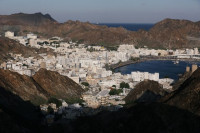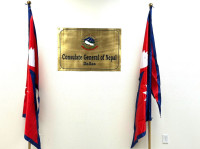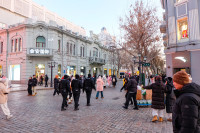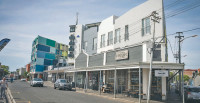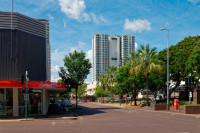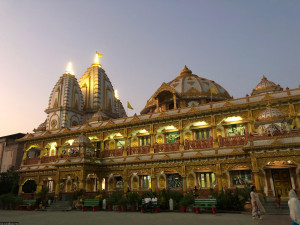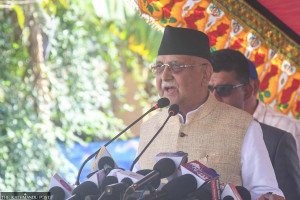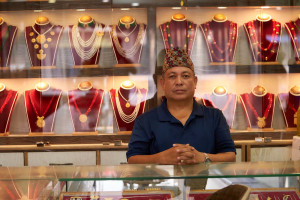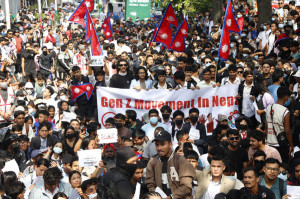Culture & Lifestyle
Affordable places for Nepali students in Osaka
Discover the best housing options to live comfortably without financial strain.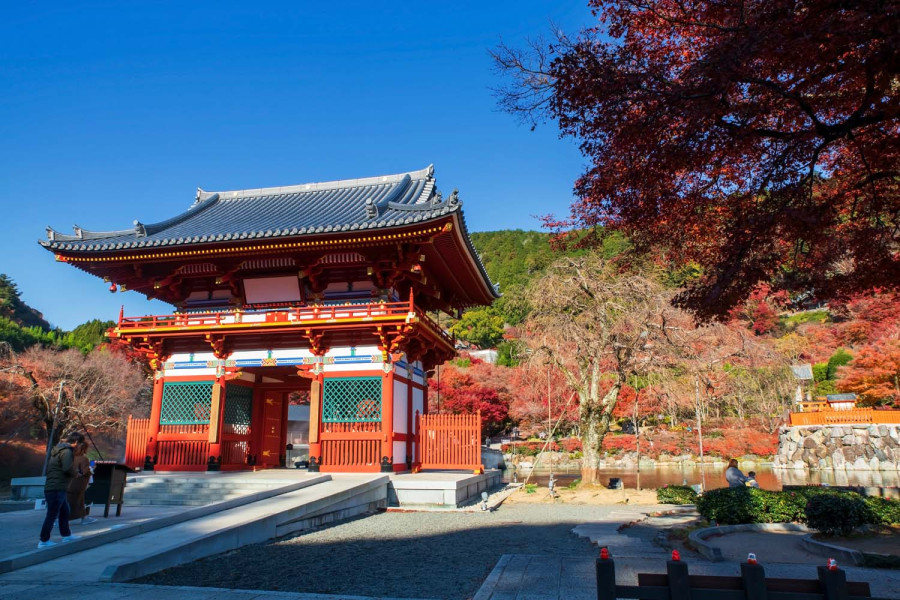
Post Report
Minoh
Located north of Osaka, Minoh City is home to the Osaka International School of Kwansei Gakuin and Minoh Kodomonomori Gakuen. It offers foreigner-friendly housing options with affordable rent compared to central Osaka.
Pros
The Minoh Semba dormitory, managed by Osaka University, offers low-cost accommodation with essential amenities. This facility allows students to focus on their studies without financial strain.
Cons
Most city services and daily interactions are conducted in Japanese, which can be challenging for Nepali students.
Nakanoshima
It is a newly revitalised area with modern facilities, parks, and educational institutions. The area is a centre for commerce, culture, and international exchange. It is also well-connected to other parts of Osaka.
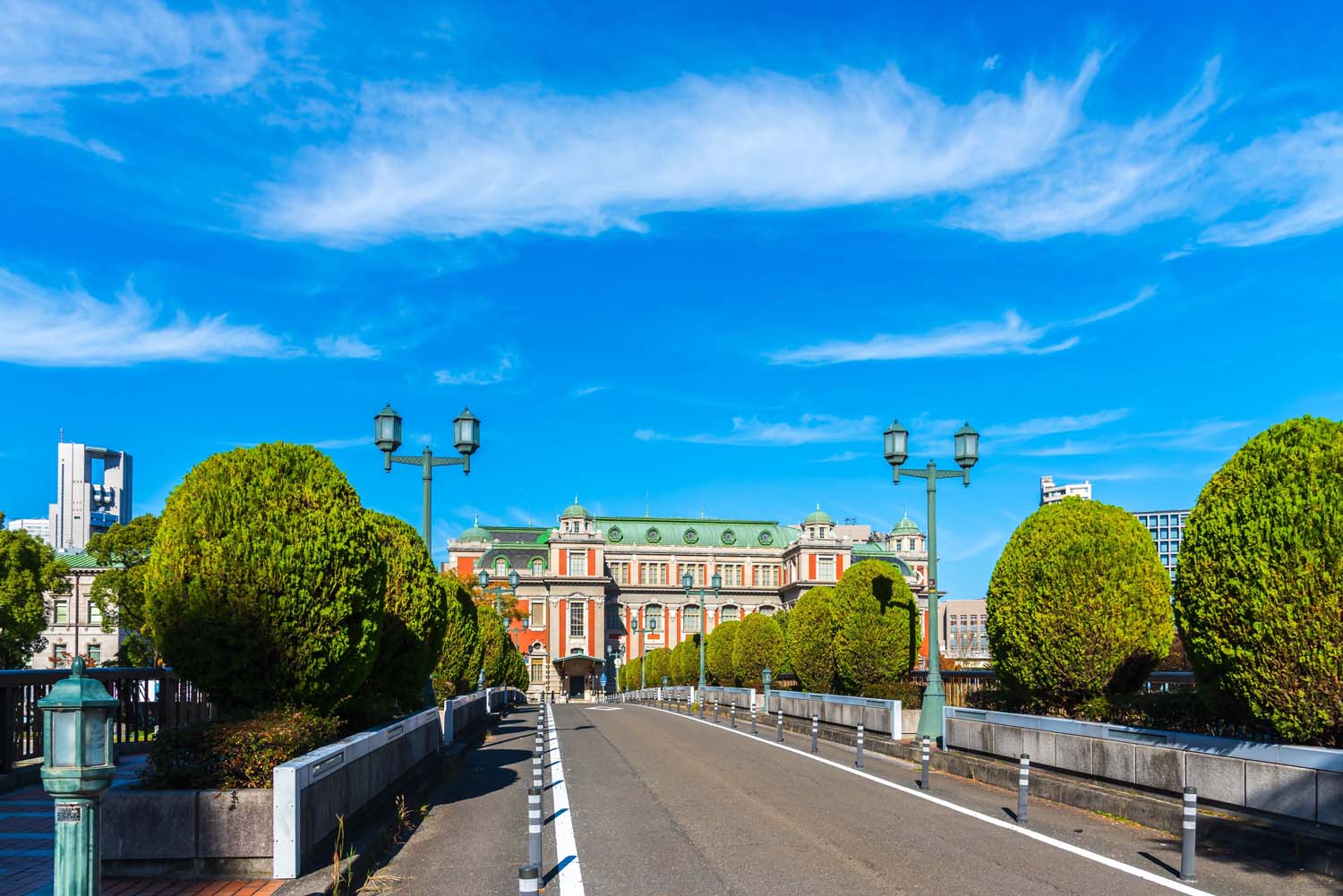
Pros
Nakanoshima is home to the Osaka University Nakanoshima Center, an academic and cultural exchange hub. This makes it a prime location for students seeking quality education and research opportunities.
Cons
Compared to Tokyo, this area offers fewer job opportunities for foreigners, making it harder for students.
Umeda
Umeda is in the Kita-ku area, the northern part of Osaka. It is known for its bustling atmosphere, filled with shopping malls, offices, and entertainment spots. It is well-connected and vibrant but expensive.
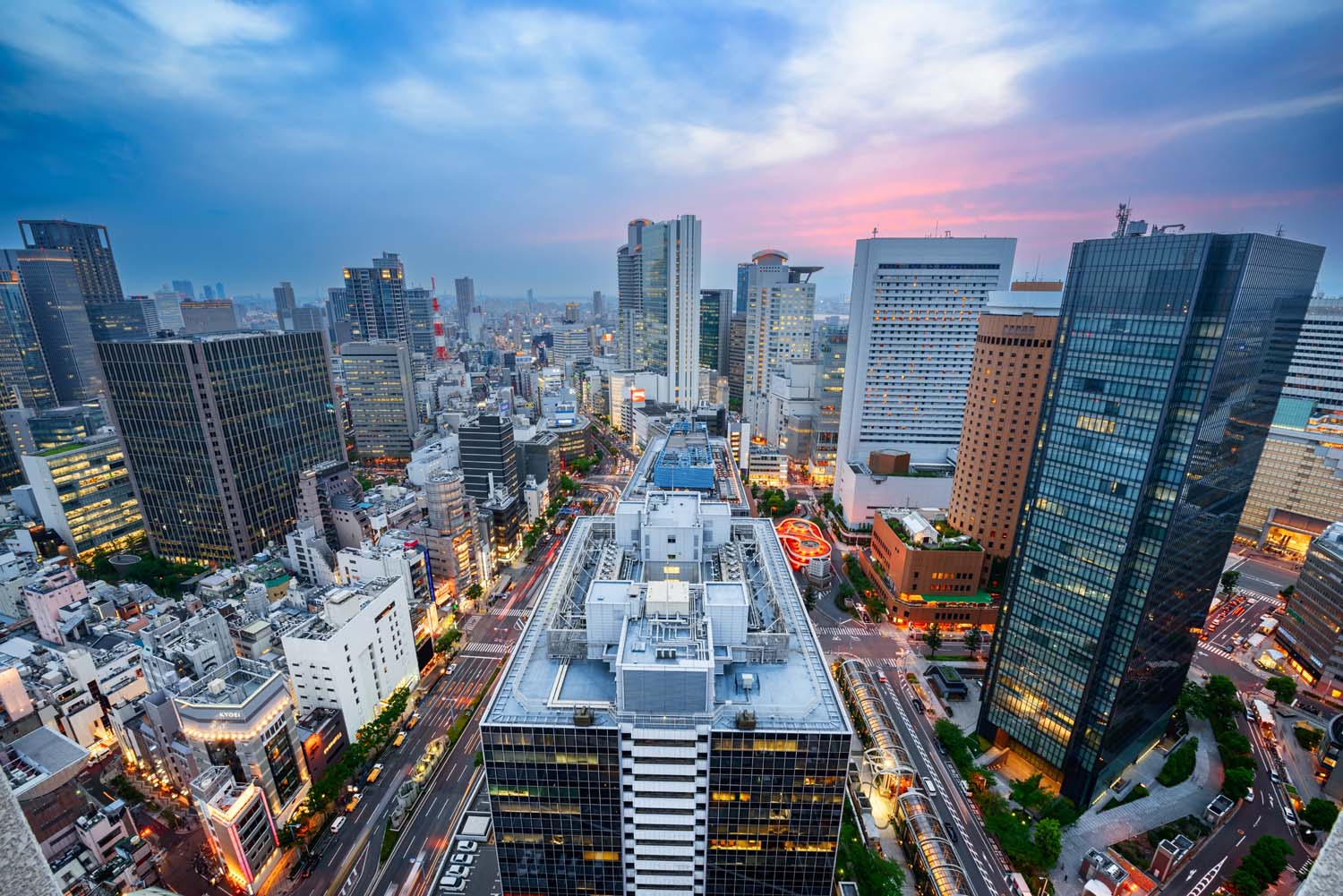
Pros
Umeda station is one of Osaka’s biggest transit hubs, making it easy to travel anywhere in the city. It is close to Osaka and Kansai University, reducing commute time. Many part-time jobs in restaurants, retail, and convenience stores are available.
Cons
Rent, food, and daily expenses are much higher than in other neighbourhoods. The busy urban environment may not be ideal for students who prefer a quieter place to study.
Ikuno
Ikuno-ku is a diverse and multicultural neighbourhood known for its large immigrant population, including many Nepali residents. The area has a strong Nepali community with restaurants, grocery stores, and cultural events.
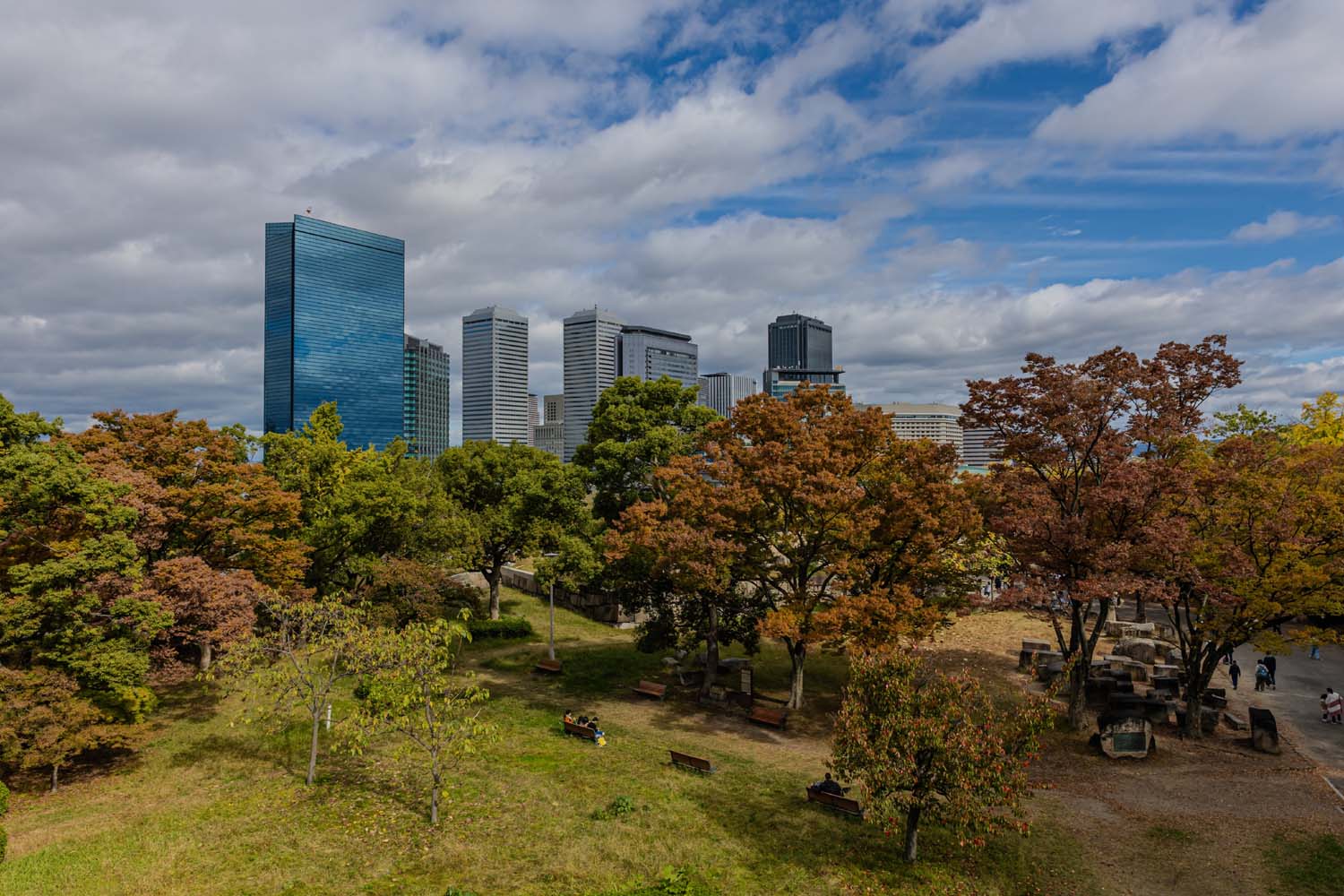
Pros
Many Nepali shops, restaurants (serving momo and dal bhat), and temples make it easier for students to feel at home. Rent and daily expenses are lower than in central Osaka, making it budget-friendly. Events like Dashain and Tihar are often celebrated, helping students stay connected to their culture.
Cons
Ikuno-ku is not close to major universities like Osaka or Kansai, requiring longer commutes. Unlike student-heavy areas, Ikuno-ku has fewer libraries, study spaces, or campus facilities nearby.
Hirano
It is known for its peaceful environment and affordable living. While not as lively as Umeda or Namba, it offers a calm atmosphere ideal for focused study and a slower pace of life.
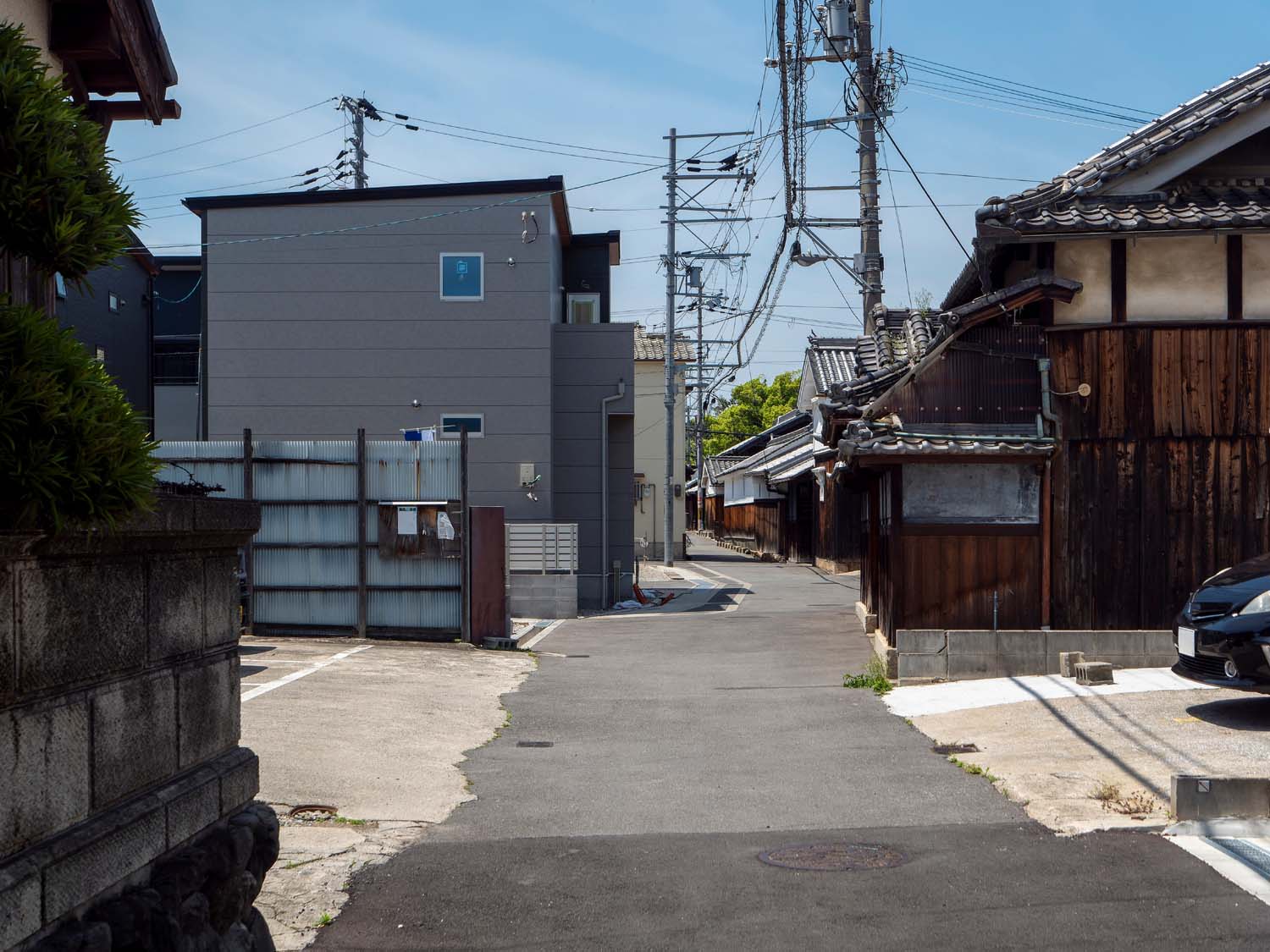
Pros
Rent is cheaper than in central Osaka, and the area has plenty of supermarkets, parks, and local eateries. Hirano-ku is also well-connected by subway and railway, making commuting manageable.
Cons
It lacks a strong international community and fewer Nepali restaurants or cultural spaces than Ikuno-ku. Students may feel isolated unless they actively seek out community events.
______
Based on our conversations with the local Nepali students in Osaka.




 18.12°C Kathmandu
18.12°C Kathmandu